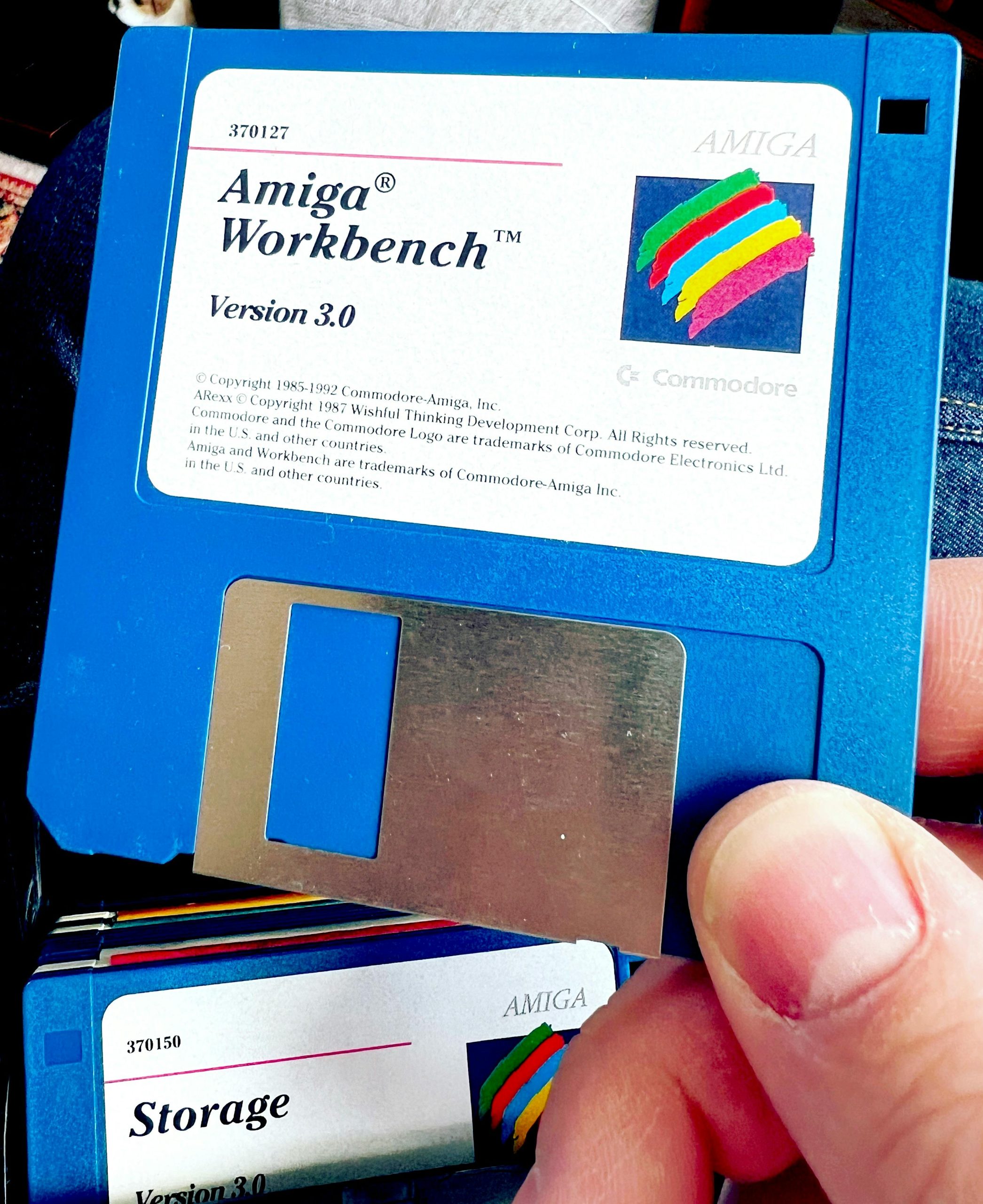Understanding the “Exploit Blocked” Notification: What You Need to Know
Recently, I encountered a notification on my system labeled “Exploit Blocked.” The message referenced something concerning PowerShell, which left me intrigued yet apprehensive. Unfortunately, I didn’t manage to click on “View Report” before the alert vanished from my screen.
This experience raises several important questions: What does this notification imply? Should I take it seriously? How can I enhance my defenses against potential threats in the future?
Just a few days prior to receiving this notification, I also faced a significant security issue when my Discord account was hacked. This leads me to wonder if there might be a connection between these two incidents.
What Does the “Exploit Blocked” Notification Mean?
The “Exploit Blocked” notification typically indicates that your security software has identified an attempt to exploit a vulnerability within your system or software—this can include trying to run harmful scripts via PowerShell, a powerful command-line tool used in Windows environments. Such notifications serve as early warnings, allowing you to take proactive measures before a potential exploit can cause damage.
Should You Be Concerned?
While seeing this notification can be alarming, remember that the blocking action itself is a positive sign. It means your security measures are functioning and successfully identifying threats. However, it’s important to investigate further to ensure that your system remains secure and to determine if any adjustments to your security practices are necessary.
Steps to Enhance Your Security Posture
-
Review Security Settings: Make sure your antivirus and firewall settings are up-to-date and configured correctly. Reviewing these settings can help ensure maximum protection against threats.
-
Utilize Strong Passwords: Following the recent hacking incident, consider changing your passwords to more complex and unique variations. Avoid reusing passwords across different platforms.
-
Enable Two-Factor Authentication: If available, enable two-factor authentication (2FA) on your accounts. This additional layer of security can safeguard against unauthorized access.
-
Stay Informed: Keep an eye on security advisories regarding PowerShell and other tools you utilize frequently. Knowing about potential vulnerabilities can help you stay ahead of threats.
-
Regular Security Checks: Make it a habit to conduct regular security scans and updates to your software. This helps close any security gaps that can be exploited by malicious actors.
Conclusion
Receiving an “Exploit Blocked” notification can be concerning, especially in light of
Share this content:



